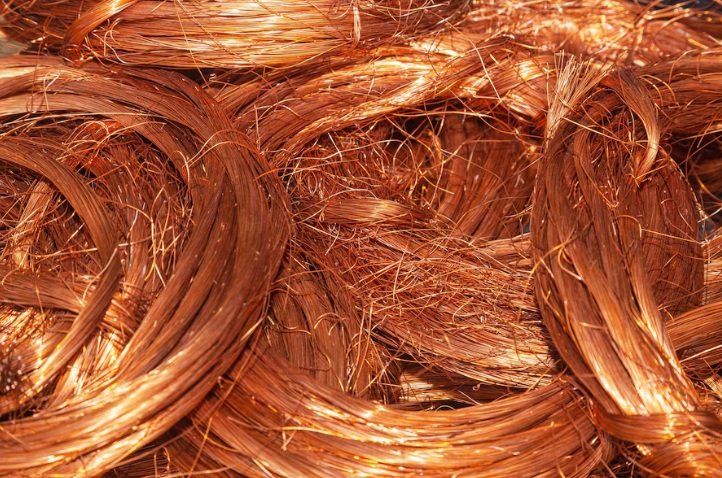Mumbai, 10/07/2025: The United States recently announced a 50% import tax on copper. While this move has stirred global discussions, Indian industry leaders believe it will have little to no effect on India. According to Mayur Karmarkar, Managing Director of the International Copper Association India, this is because India is a copper-deficient country and relies heavily on imports to meet its needs.
Karmarkar explained that India’s copper exports are quite small, and only a tiny portion about 10,000 tonnes, goes to the US. As a result, the new American tariff will not significantly impact Indian companies. He added that strong domestic demand, especially driven by the growth of renewable energy, electric vehicles, and other copper-reliant industries, is helping Indian companies stay on solid ground.
The announcement of the 50% tariff on copper was made by US President Donald Trump on Tuesday. This move follows earlier decisions to impose similar taxes on steel and aluminium imports.
In India, the news has caught the attention of the government. Coal and Mines Minister G Kishan Reddy said on Wednesday that India would look into the possible effects of the US copper tariffs. However, the overall response from Indian officials and industry experts remains calm and confident that the impact will be minimal.
To support India’s growing demand for copper, the government is also planning for the future. A new vision document released by Minister Reddy on Friday outlines India’s long-term strategy. It forecasts that copper demand in the country could increase six times by the year 2047. To meet this surge, the government plans to add 5 million tonnes per year of new smelting and refining capacity by 2030.
This move is part of India’s broader strategy to secure its copper needs. India continues to be a net importer of copper products. This means the country brings in more copper than it sends out. The demand for copper is expected to keep growing because it is essential for many modern industries, from power generation to electric vehicles and electronics.
In 2023 alone, India imported around 1 million tonnes of copper concentrate. A major share of these imports came from just four countries. Indonesia led the pack, providing 27% of India’s copper concentrate needs. Chile followed with 25%, then Peru with 14%, and Panama contributed 9%. Together, these four nations supplied about 75% of all copper concentrate imported by India.
These numbers highlight how dependent India is on global copper suppliers. Because India lacks large local reserves of high-quality copper ore, importing is necessary to support local industries. To ensure this demand is met, experts say India needs a well-planned strategy across the entire copper value chain—from mining and refining to recycling and end use.
Despite the new tariff in the US, India’s copper future looks strong. With plans to boost its local production and refining capabilities and the continued rise in domestic demand, Indian companies are expected to stay unaffected by the recent developments in the US.
In short, while the US is tightening its trade policies, India is looking inward and forward—focusing on self-reliance, growth, and preparing for a copper-heavy future.


